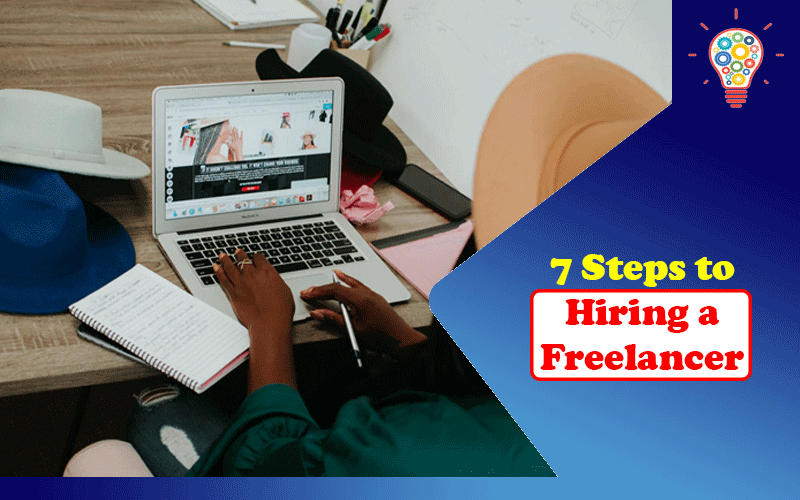Whenever you are about to hire a freelancer for your business, the process calls for a few considerations right off the bat. From cost comparison to long-term availability, you need to take a look at all the repercussions of bringing a freelancer on board.
But once you deduce that hiring a freelancer is the right step for you, that careful approach takes a whole new direction. From there, it is more about managing the complexities of the hiring process than the actual decision itself.
To make that otherwise stressful journey easier on you, here are 7 steps to hiring a freelancer.
Table of Contents
1. Outline Your Overall Requirements
The first step of welcoming a freelancer to your business is to put together a list of your overall requirements. Whether you want the professional to work on a simple logo or a detailed website, make it a point to highlight all your needs. This makes it simpler to manage your expectations, while also simplifying the rest of the steps.
2. Allocate a Budget for the Process
The next step is about the management of your finances. From deciding the job budget to assessing background check cost, you need to take a good look at all the associated spending. This makes sure that you aren’t biting more than you can chew. In turn, you are able to make your decisions while keeping your bank account in mind.
3. Ask Your Social Circle for Referrals
Hiring a freelancer is quite different from welcoming a part-time or full-time employee to your business. But there are a few factors where the process is quite the same. Sourcing your candidates through referrals is one such aspect. By reaching out to your peers, friends, and family, you can note reliable referrals in your personal notebook and consider hiring from this list of candidates.
4. Make a Job Listing
Whether you are unable to source enough referrals from your social circle or want a larger selection of candidates to choose from, you may need to jot down a public job listing. By noting down your requirements and outlining your budget, you can draft a concise job offer. If your specifications are clear, you can fetch the interest of high-quality applicants in no time.
5. Be Flexible With the Turnaround
Even when you have an urgent requirement for the job, it’s important that you show some flexibility with the turnaround time. Sometimes, what you peg as a sufficient timeline to complete a job barely scratches the surface of the actual duration. Due to this factor, make notes in your business planner about related projects while keeping an extensive job duration in mind.
6. Post Your Job Listing
Whether you are looking for a graphic designer, web developer, or content creator, you can post your job listing on a variety of popular freelancing platforms. Many of these websites rank on the same level in terms of work quality and associated costs, which gives you plenty of freedom to make a decision. You can pick a platform considering your level of comfort with its interface and slight difference in costs.
7. Evaluate Interested Candidates
No matter if you are hiring a freelancer through a referral or an online staffing platform, it’s important to look at their credentials and experience before awarding them the job. This also includes existing reviews, work samples, as well as offered revisions and costs. If you have several options at your disposal, making a quick comparison over a whiteboard is sometimes enough to make an informed decision.
After you have picked a freelancer, make sure to give them enough time to deliver their work. From there, you can provide your feedback, refine the delivered solutions, and ensure to get the most out of your collaboration.


